1.Zachary Taylor:

Zachary Taylor — the United States’ largely forgotten 12th President — met a rather unusual end, partly due to America’s “birthday.”
While attending a Fourth of July bash in 1850, Taylor dealt with the blazing hot weather by consuming large amounts of cherries and iced milk before returning to the White House — where, still feeling the effects of the scorching day, he downed several glasses of ice water.
The President felt sick the following day, although the illness initially seemed mild. However, he soon developed severe stomach pain, which only worsened over the course of the next 5 days. Other symptoms followed, including cramping, dehydration, nausea, and diarrhea. On the morning of July 9, 1850, Taylor called for his wife, first lady Margaret Smith Taylor, and told her not to cry for him, “I have always done my duty, I am ready to die. My only regret is for the friends I leave behind me.”
Alexander S. Wotherspoon, Taylor’s Army physician, stated that his official cause of death was a bacterial infection of the small intestine (aka cholera morbus), which he most likely contracted from bacteria present in either the raw milk or water he consumed on the Fourth of July. Other theories have also suggested that the cherries themselves might have been to blame — as their acidity, combined with the raw milk, may have led Taylor to develop a fatal case of gastroenteritis.
Heritage Images / Getty Images
2.Isadora Duncan:


Modern dance pioneer and esteemed choreographer Isadora Duncan died in a car accident. However, her cause of death probably wasn’t what most people would associate with a vehicle fatality…
On September 14, 1927, Duncan went for a ride with a French chauffeur in an Amilcar CGSS, which she was learning to drive. Upon leaving that night, a friend who was staying at the time—Mary Desti, mother of filmmaker Preston Sturges—begged Duncan to wear a cape due to the dropping temperatures. However, the dancer would only agree to wear a long, hand-painted scarf that Desti had gifted her.
This choice of accessories proved fatal. While leaning back in her seat to enjoy the ocean breeze, her flowing scarf became coiled around one of the vehicle’s wheel wells. After a short time, the sheer force of the scarf being wound around the axle suffocated Duncan and caused her to fall out of the passenger seat, where she was instantly killed from the force of landing on the cobblestone street below.
It seems that the dancer had a startling premonition of her tragic demise. The day before her death, she told an Associated Press reporter, “For the first time I am writing for money; now I am frightened that some quick accident might happen.”
Photoquest / Getty Images
3.Chrysippus:


If you’ve ever played The Sims, chances are you’ve probably had a Sim die from laughter…and while that might sound like a totally made-up situation, it’s happened more times than one might think. One of the most notable cases was a Greek Stoic philosopher named Chrysippus.
In Greek biographer Diogenes Laërtius’s most notable work, The Lives and Opinions of Eminent Philosophers Volume 1 (which was later translated by R.D. Hicks), he wrote of Chrysippus’s death, “Some people say that he died of a fit of immoderate laughter. For that seeing his ass eating figs, he told his old woman to give the ass some unmixed wine to drink afterwards, and then laughed so violently that he died.”
TL;DR Chrysippus saw his donkey eat some figs and then literally died from laughing at his own joke.
ullstein bild/ullstein bild via Getty Images
4.Rasputin:
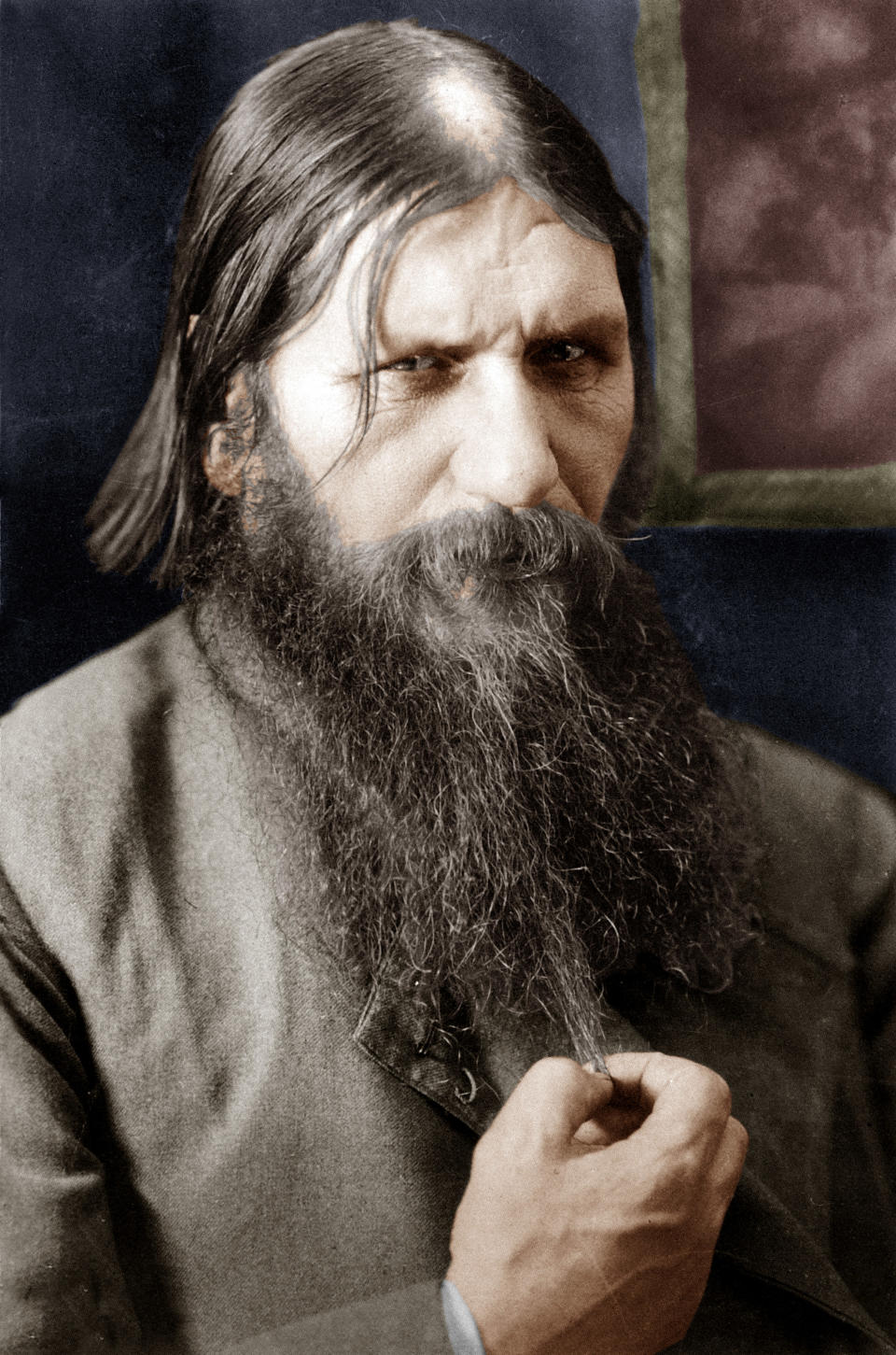

Rasputin, the esteemed Russian mystic and faith healer, died in a way that would befit a scene from a John Wick movie.
Despite his reputation as a charlatan, Rasputin won favor with Czar Nicholas II and Czarina Alexandra after demonstrating his ability to stop their son Alexei’s bleeding, which was due to his hemophilia. Alexandra became convinced that Rasputin did, indeed, possess mystical powers, and his influence within both the ill-fated Romanov family and the Russian government grew. Several years later, when the Czar left to lead the Russian forces during World War I, it is said that the healer effectively ruled the country by using Alexandra as a mouthpiece for his own agenda. This circumstance added more fuel to the fire concerning the corruption of the Romanov family. Thus, many Roman nobles decided it was time to rid their country of Rasputin’s power — by any means necessary.
Apic / Getty Images
This is where Prince Felix Yussupov, the richest man in Russia, and Grand Duke Dimitri Pavlovich, the Czar’s own first cousin, enter the story. The two cooked up what they believed to be the perfect plot to assassinate the powerful mystic.
On the night of December 29, 1916, the murderous duo lured Rasputin to Moika Palace in St. Petersburg. It was there that they offered him cyanide-laced cakes and wine — which, at first, he refused to eat. After some time, he began to eat the poisoned cakes, and then, to Yussupov’s surprise, the seemingly unaffected healer asked for 3 glasses of the laced wine. Growing tired of his inability to be poisoned, Yussupov decided to take matters into his own hands by shooting Rasputin at close range and leaving him for dead. This plan didn’t work either, as Rasputin revived and attempted to flee the palace grounds. This time, however, proved to be his last chance at escape, as he was then shot, bound, and thrown into the frigid Neva River. Several days later, his body washed ashore, and it was determined that he died by drowning.
Yussupov wrote in his 1928 memoir, Lost Splendour and the Death of Rasputin, “This devil who was dying of poison, who had a bullet in his heart, must have been raised from the dead by the powers of evil. There was something appalling and monstrous in his diabolical refusal to die.” After the assassination of Rasputin, the prince reinvented himself as a patriot. He believed that Rasputin’s death would lead the Czar to heed the advice of other nobility and save the monarchy. However, no major effects were seen on Nicholas II’s policies, leading to the Russian Revolution the following year.
5.Attila the Hun:


We’ve all heard of Attila the Hun: Ruler of the Huns, invader, and fearsome warrior…however, this formidable figure didn’t die quite in the gruesome way one would expect.
In CE 453 — while plotting an attack on yet another Eastern Roman Empire, as well as its emperor, Marcian — Attila decided to marry his third wife, a young woman named Ildico. During the wedding celebration, it was said that the ruler ate and drank to his heart’s content before retiring to the bridal chamber. The following morning, when Attila had failed to make an appearance, the royal guards grew suspicious and broke down the door of the bridal chamber. It was there they found the new bride weeping hysterically next to her husband’s corpse.
Attila’s body was searched, and no wounds were found. Many believed his death could have been a plot by near-thwarted emperor Marcian or even that Ildico might have played a part in his demise; however, most accepted that his cause of death was more a casualty of drunkenness than a malevolent plot, as it appeared that Attila had simply choked to death on his own blood after falling asleep with a bad nosebleed.
Hulton Archive / Getty Images
6.King Alexander of Greece:
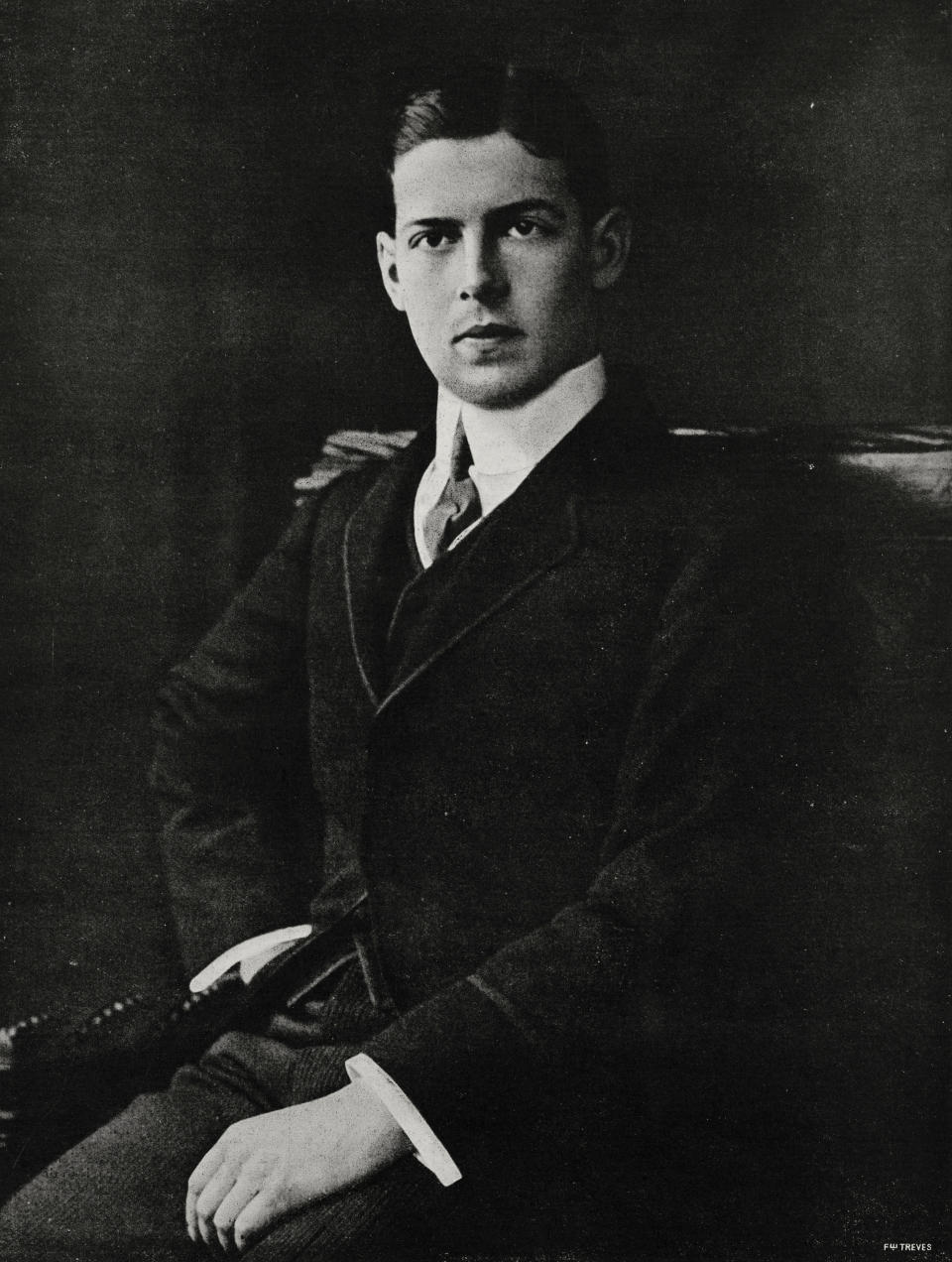

I’m not referring to Alexander the Great (whose cause of death still remains a mystery while we’re on the topic) but rather the 20th-century King Alexander of Greece, who ruled from June 1917 until his bizarre death in October 1920.
According to John Van der Kiste’s book, Kings of the Hellenes: The Greek Kings, 1863-1974, while strolling the grounds of his Tatoi estate on October 2, 1920, Alexander noticed a fight taking place between his dog and the palace steward’s domesticated Barbary ape. While attempting to separate the two animals, another monkey attacked the king and bit him deeply on the leg and torso. Workers in the palace chased the monkeys away, and the king had his wounds bandaged and cleaned…however, in a fatal decision, they were not cauterized.
By that evening, sepsis had already set in. Doctors debated whether or not to amputate the king’s leg, but none of them wanted to be held liable for such a drastic medical decision. Due to inaction on his doctors’ part, Alexander’s condition worsened, and he passed away from sepsis on October 20, 1920.
DeAgostini / Getty Images
7.Clement Vallandigham:
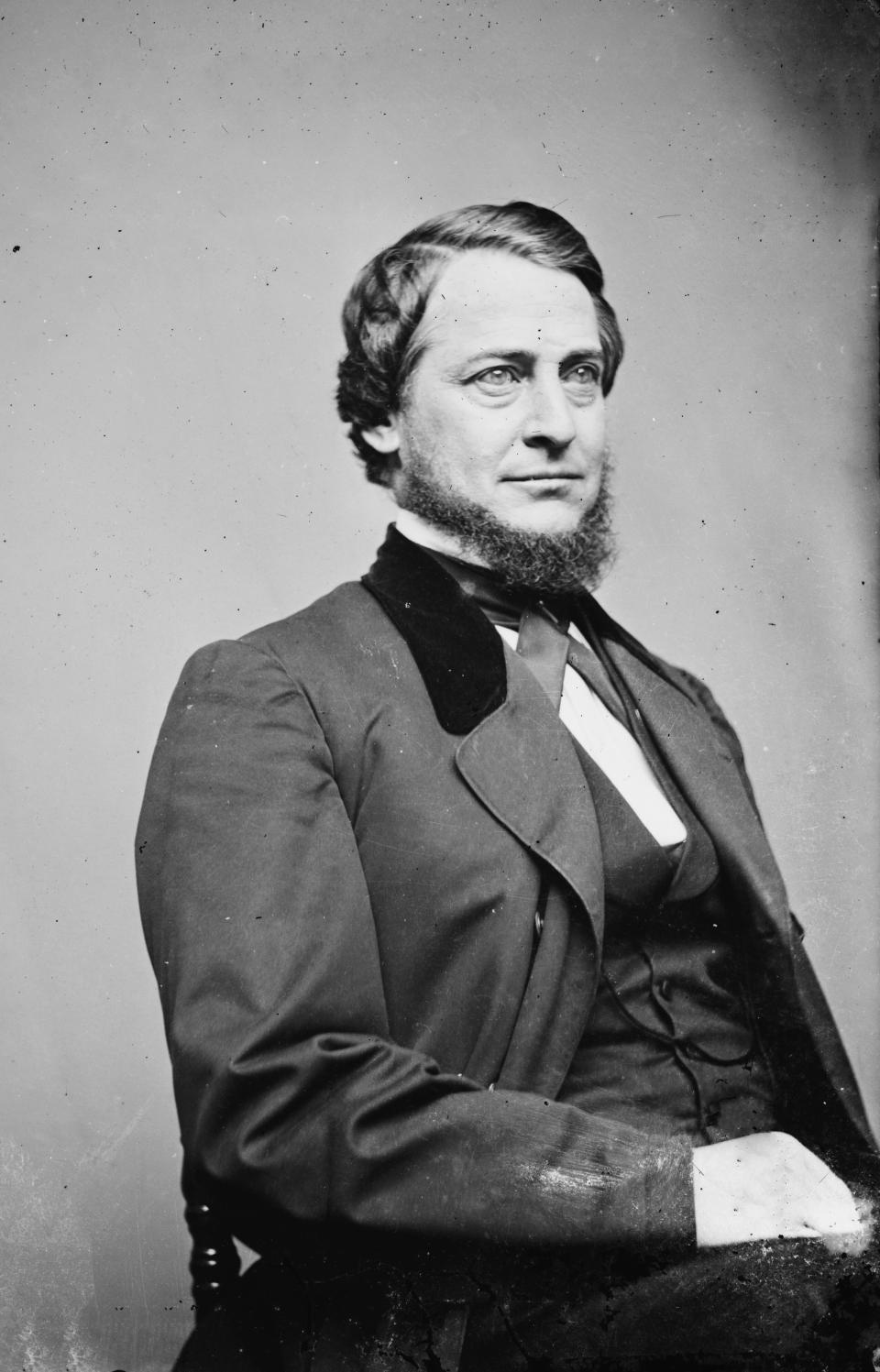

19th-century lawyer and politician Clement Vallandigham, did, indeed, win his final case — just not how he intended.
At the time of his death, Vallandigham was defending Thomas McGehan, a man involved in a bar brawl in Hamilton, Ohio, on Christmas Eve 1870. The defendant — alongside four other men — had allegedly burst into the bar and started a fatal fight. McGehan’s rival, Thomas Myers, was also there that night. When Myers saw McGehan, he rose and fired his pistol. Shortly after, however, Myers slumped back in his chair — dead from a gunshot wound.
In the confusion, no one actually saw who shot Myers, but witnesses were more than happy to mention that McGehan was among the five “bar-crashers.” And this is where Vallandigham comes in…
Heritage Images / Heritage Images via Getty Images
Vallandigham set out to prove that Myers had fatally shot himself. So, to test his theory, he took a revolver to the countryside and set up a makeshift gun range to test the distance of gunpowder residue. Although he still had three live rounds in his weapon, the lawyer was satisfied with the experiment and returned to his hotel, where he was handed a package. The package contained Thomas Myers’ (unloaded) gun to be used as evidence. However, the attorney didn’t realize he placed the two nearly identical firearms side-by-side.
As Frank L. Klement summed it up in the biography, The Limits of Dissent, “Vallandigham stated that he would demonstrate to the jury next day just how Tom Myers had accidentally shot himself while drawing a pistol as he tried to arise from the floor. Pretending he was Myers, Vallandigham took a pistol from the bureau and put it in his right trouser pocket, not realizing that he had taken the loaded one by mistake. Then he slowly pulled it out, cocking it as he drew it forth. When the muzzle cleared the pocket, he tried to place it in the exact position which he believed Myers’s weapon would have assumed at the moment when it was discharged. ‘There, that’s the way Myers held it,’ Vallandigham said, ‘only he was getting up, not standing erect.’ At that moment he pressed the trigger. There was a flash and the half-suppressed sound of a shot. ‘My God, I’ve shot myself!’ Vallandigham exclaimed in shocked dismay as he reeled toward the wall and tried to hold himself up.”
Thus, the reenactment instantly killed the lawyer. As the Leeds Times reported, “The unfortunate advocate had demonstrated the reasonableness of his theory, but at the cost of his life.” The defendant, Thomas McGehan, was acquitted due to the tragic validity of Vallandigham’s experiment.
8.Allan Pinkerton:
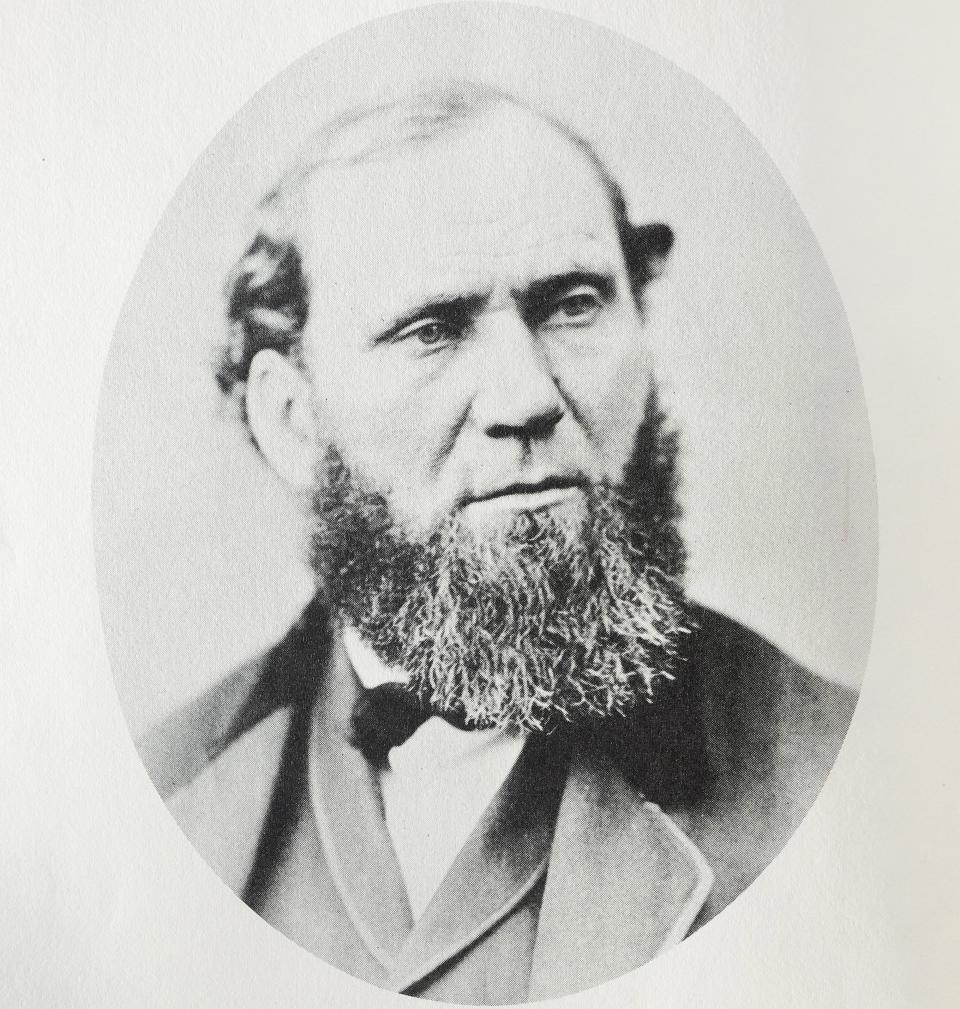

Allan Pinkerton, the 19th-century spy best known for founding the Pinkerton detective agency, died — not from any of his undercover endeavors — but rather from an unfortunate collision with a poodle.
Although there have been conflicting stories surrounding the detective’s demise (some argue that he died from a stroke or a bout of malaria contracted during a trip to the southern United States), most contemporary reports claimed that Pinkerton perished from an infected tongue.
If you’re wondering, “How does this relate to a poodle?” The story goes that one day, Pinkerton was walking his wife’s poodle when the dog apparently tangled its leash around his legs, causing him to suddenly fall on the concrete and severely bite his tongue. Several days later, it was reported that he had died due to a gangrenous tongue infection.
Photo 12 / Ann Ronan Picture Library/Photo 12/Universal Images Group via Getty Images
9.Aeschylus:


Often called “the father of tragedy,” Aeschylus, an ancient Greek tragedian, met an ending even he couldn’t have written. Several notable sources of the day claimed that a tortoise, or rather a bird, was responsible for the great playwright’s demise.
After writing the Oresteia — a play about the House of Agamemnon after the Trojan War — Aeschylus, perhaps growing tired of Greek democracy, decided to venture to Sicily.
Valerius Maximus, a first-century Latin writer, claimed that Aeschylus died in the Sicilian city of Gela after a bird carrying a tortoise mistook his bald head for a rock that it could use to smash the reptile’s shell. The impact of the tortoise instantly killed him.
In his text, The Natural History, Pliny the Elder added to the legend of the death by claiming that Aeschylus had been staying outdoors after an oracle warned him that a falling object would cause his death. However, Pliny’s tale of a prophecy may only be a legend because of a mistranslation of the iconography on Aeschylus’ tomb.
Ullstein Bild Dtl. / ullstein bild via Getty Images
10.Duke Jing of Jin:
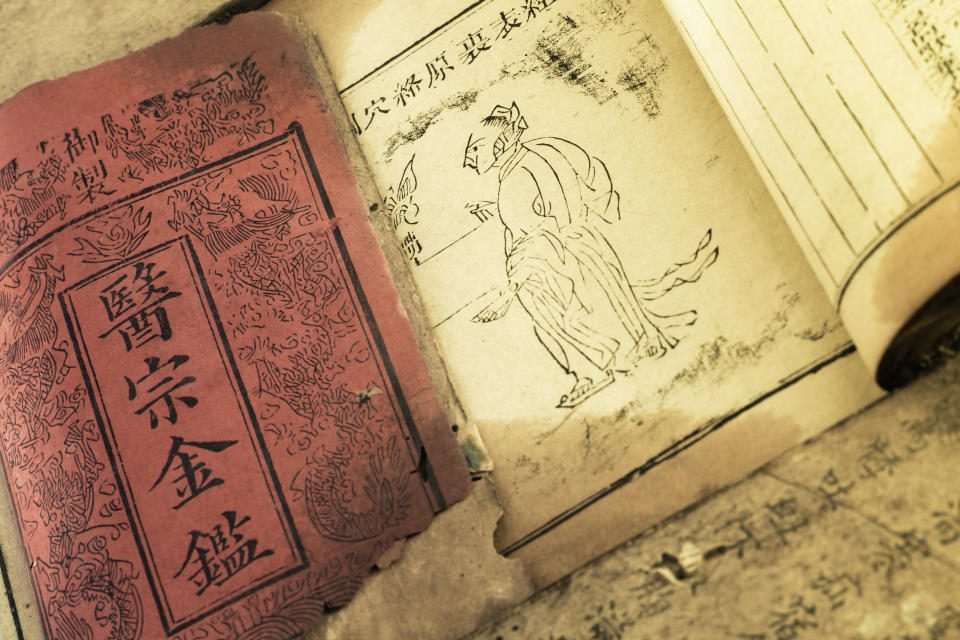

The details surrounding Duke Jing of Jin’s death are written in the ancient Chinese text, Zuo Zhuan. According to the text, upon dreaming of an evil spirit, the recently abdicated duke consulted a wu (aka a shaman). However, the wu told Jing some news he was not too happy to hear — that he would not live to eat the wheat of the new harvest.
Jing decided that the wu’s predictions must be incorrect. After more disturbing dreams (in which two urchins, appearing as symbols of his “mysterious” illness, taunted him), he consulted a physician. The physician diagnosed the duke with incurable gaohuang — a fatty deposit between the heart and diaphragm.
Contented with his new diagnosis, Jing decided to proceed with his year as planned — and as luck would have it, it was time for the harvest. As the duke was presented with the newly harvested wheat, he decided to, for lack of a better term, rub his “victory” in the wu’s face. He summoned the wu to look at the wheat and had him promptly executed for his incorrect prophecy…Which turned out not to be so wrong after all.
Shortly after the execution, the duke began to feel bloated and decided to use the bathroom before partaking in the year’s harvest. While in the bathroom, Jing somehow fell into the toilet and died without ever sampling a bite of the harvest’s offerings.
Xh4d / Getty Images
11.Tycho Brahe:
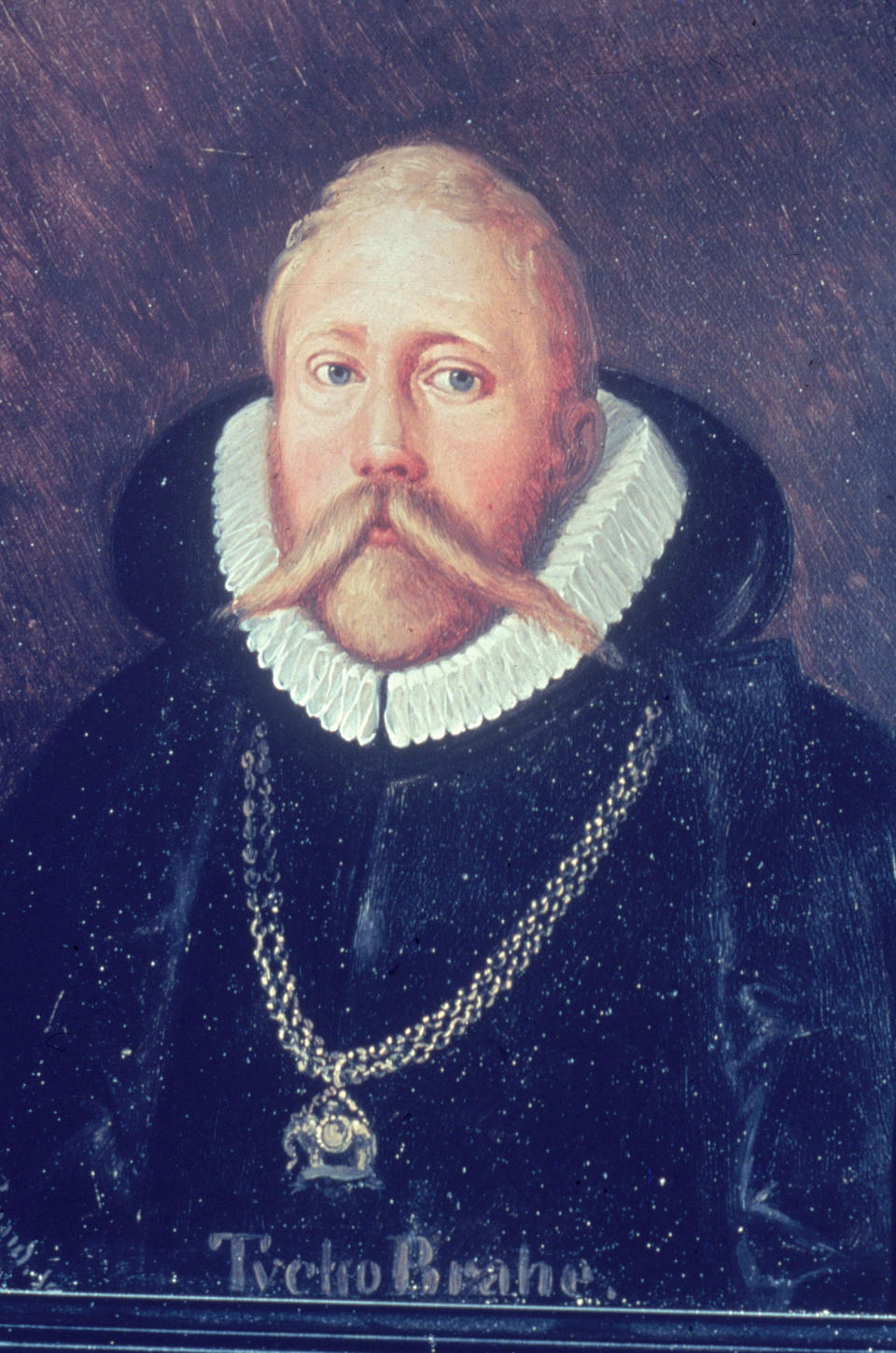

Tycho Brahe — famed astronomer of the Renaissance — was said to have died simply from being too polite.
According to fellow astronomer and mathematician Johannes Kepler, Brahe’s attendance at a banquet in Prague caused his demise. While at the banquet, Brahe — refusing to breach the etiquette rules of polite society — decided not to leave the table to empty his bladder and instead would use the bathroom when he got home. By the time he returned home, the scientist found he was unable to use the bathroom and endured five excruciating nights before finally passing some bloody urine.
By that point, however, passing urine did not help Brahe, as his condition had already worsened with fever, insomnia, and delirium. Brahe passed away on October 24, 1501. Most figures of the day believed that he died of a burst bladder or even an enlarged prostate that caused his fatal inability to urinate.
Kean Collection / Getty Images
Which one of these bizarre deaths surprised you the most? Do you know of any other strange historical deaths? Let us know in the comments!
